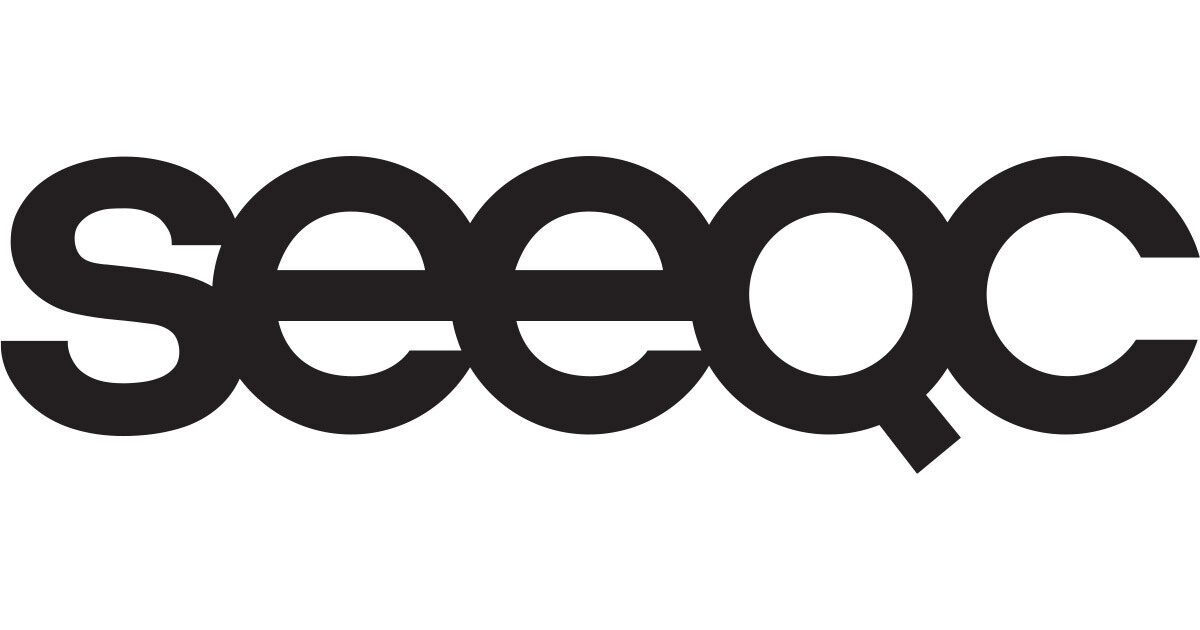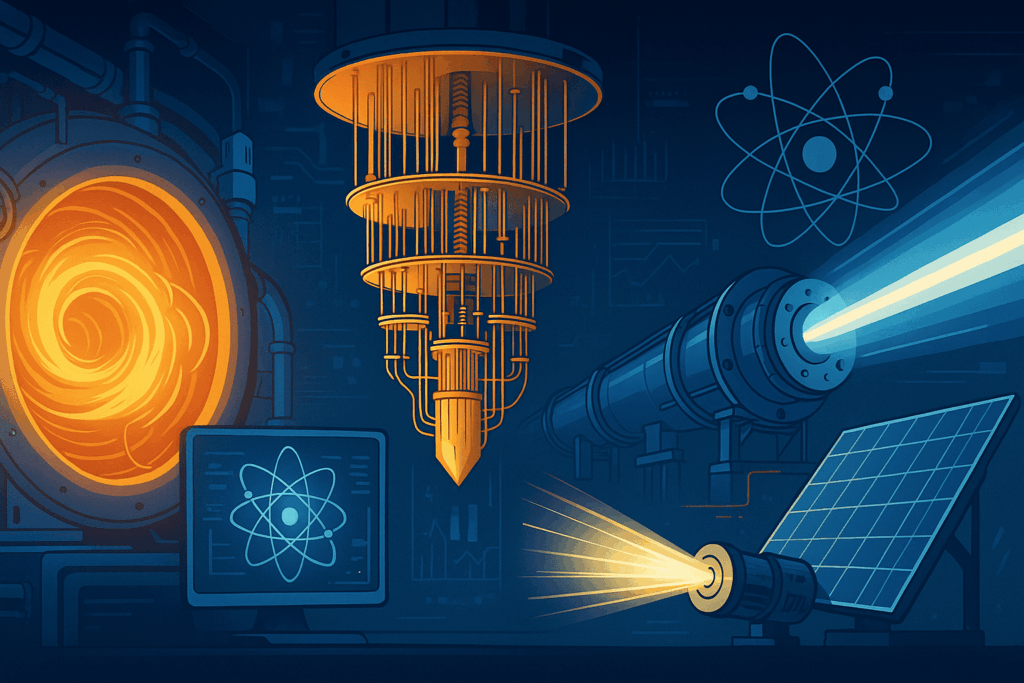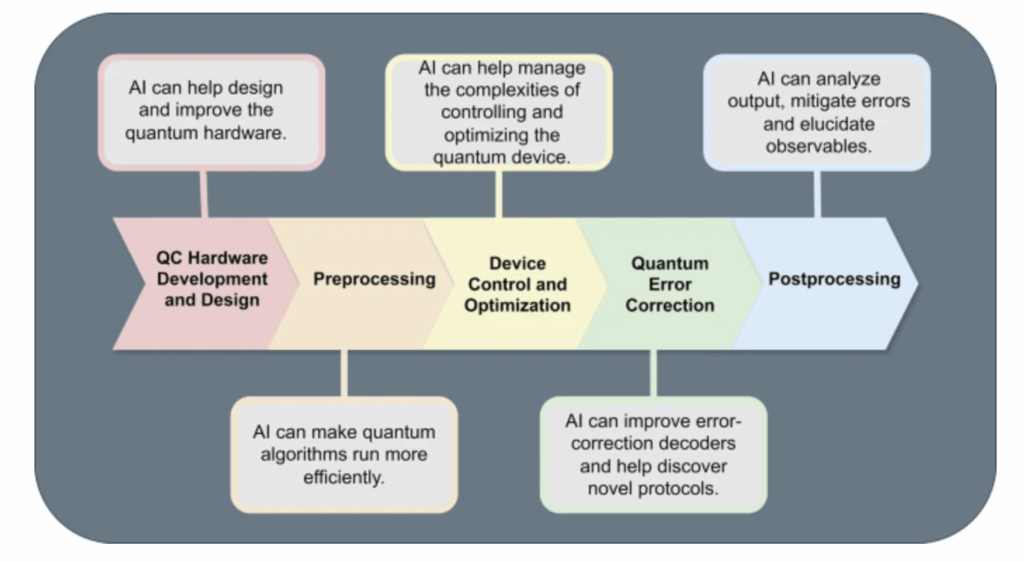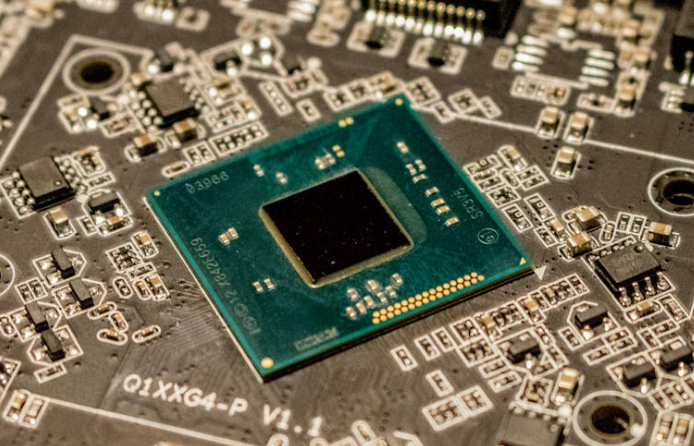Insider Brief
- SEEQC has been selected by the Department of Energy to design and produce superconducting quantum interference devices (SQUIDs).
- QUIDs are extremely sensitive magnetometers used to measure incredibly subtle signals for many applications.
- A $200,000 Small Business Innovative Research grant will fund the project.
- Critical Quote: “… So while the ultimate goal is realizing powerful quantum computers, the R&D effort is concurrently yielding innovative technologies applicable to other domains now, similar to the way spinoffs from moonshot space projects result in technology that becomes indispensable in many other ways.”
PRESS RELEASE — Quantum computing digital chip company SEEQC has been selected by the Department of Energy to design and produce superconducting quantum interference devices (SQUIDs). SQUIDs are extremely sensitive magnetometers used to measure incredibly subtle signals for many applications including for dark matter detection, sensor readout, qubit readout in quantum computing, and medical imaging.
The $200,000 Small Business Innovative Research grant will fund the project, Development of SQUID amplifier for readout electronics of Transition Edge Sensors, to advance superconducting readout capabilities. The project’s primary objective is to manufacture an ultra-sensitive SQUID amplifier that operates with low power and low noise for fundamental science research in dark matter, neutrino science and cosmology.
While dark matter comprises around 27% of the universe’s total mass-energy, its nature remains unknown. For now, dark matter’s existence is inferred only through its gravitational effects. Continuous improvements in detector technologies – including SEEQC’s more advanced SQUID – and new theoretical insights may eventually lead to a confirmed direct detection.

Aritoki Suzuki, Physicist Staff Scientist at Lawrence Berkeley National Laboratory (LBNL), expressed excitement about collaborating with SEEQC on this transformative project, stating, “The development of an improved SQUID amplifier will have far-reaching implications for research related to Dark Matter, the early universe, and matter-antimatter asymmetry.”
The development and production of SEEQC’s new SQUID will solve some existing problems with the technology. Lower power dissipation will allow the SQUID to be integrated with more sensitive sensors operating at ultra cold temperatures, while lower noise also improves sensitivity. SEEQC’s production will improve the availability and accessibility of these innovative devices for the scientific community. It also has a commercial use: superconducting amplifiers and Josephson Junction technology plays an important role in quantum computing, microscopy, and security.
Detecting cosmic microwave background (CMB) radiation
SEEQC is actively working with LBNL on the CMB-S4 project. CMB-S4 is the next-generation ground-based CMB experiment with a goal of transformative discoveries in fundamental physics, cosmology, astrophysics, and astronomy, helping us to understand the beginning, history, and makeup of the universe. The experiment will survey the sky with 496,000 cryogenically cooled superconducting detectors with 21 telescopes at the South Pole and in the Chilean Atacama Desert for 7 years. More than 500 horn coupled Transition Edge Sensor detector array modules are planned for deployment at both experiment sites.
Beyond advancing fundamental physics research, SEEQC’s SQUIDs have diverse applications spanning quantum technologies and medical imaging.
Energy-efficient circuits for quantum information systems
Daniel Yohannes, Principal Investigator of the project and Director of Fabrication at SEEQC, elaborates, “Various elements of the project, including superconducting circuitry, Josephson junctions, and cryogenics, are pivotal technologies for the quantum computing and quantum sensing domains.”
Compact, low-cost medical imaging
The extreme sensitivity of SQUIDs makes them invaluable for medical imaging techniques like magnetoencephalography (MEG) to map neural activity, magnetogastrography to record gastric fields, and magnitocardiography (MCG) for accurate heart screening. SQUID-detected magnetic resonance imaging (MRI) offers key advantages over conventional high-field MRI, providing compact, low-cost imaging.
SEEQC’s CEO and Co-founder, John Levy, said: “We believe this investment in SQUID design and manufacturing technology by the DOE will have profound effects. The cutting-edge work that is bringing us closer towards quantum computing is also creating technology spin-offs enriching other fields like cosmology and dark matter detection in the present, even before quantum’s full long-term impact is realized. So while the ultimate goal is realizing powerful quantum computers, the R&D effort is concurrently yielding innovative technologies applicable to other domains now, similar to the way spinoffs from moonshot space projects result in technology that becomes indispensable in many other ways.”
Talking about the advantages of collaborating with a commercial partner like SEEQC, which has the capacity to surmount barriers that academic or governmental production partners may encounter, Levy stated, “We possess the expertise, resources, and infrastructure to seamlessly meet the production needs outlined by the Department of Energy and Lawrence Berkeley National Labs for this important and prestigious project. As we have over many years, we look forward to continuing our partnership with the DOE and Dr. Suzuki’s team at LBNL .”
SEEQC boasts a team of seasoned engineers proficient in microfabrication, design, and testing, well-equipped to tackle the project’s challenges. The company’s extensive experience in the design, production, and testing of superconductive electronics positions it as a leader in quantum-ready superconductors.
For more market insights, check out our latest quantum computing news here.


















